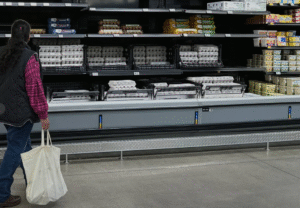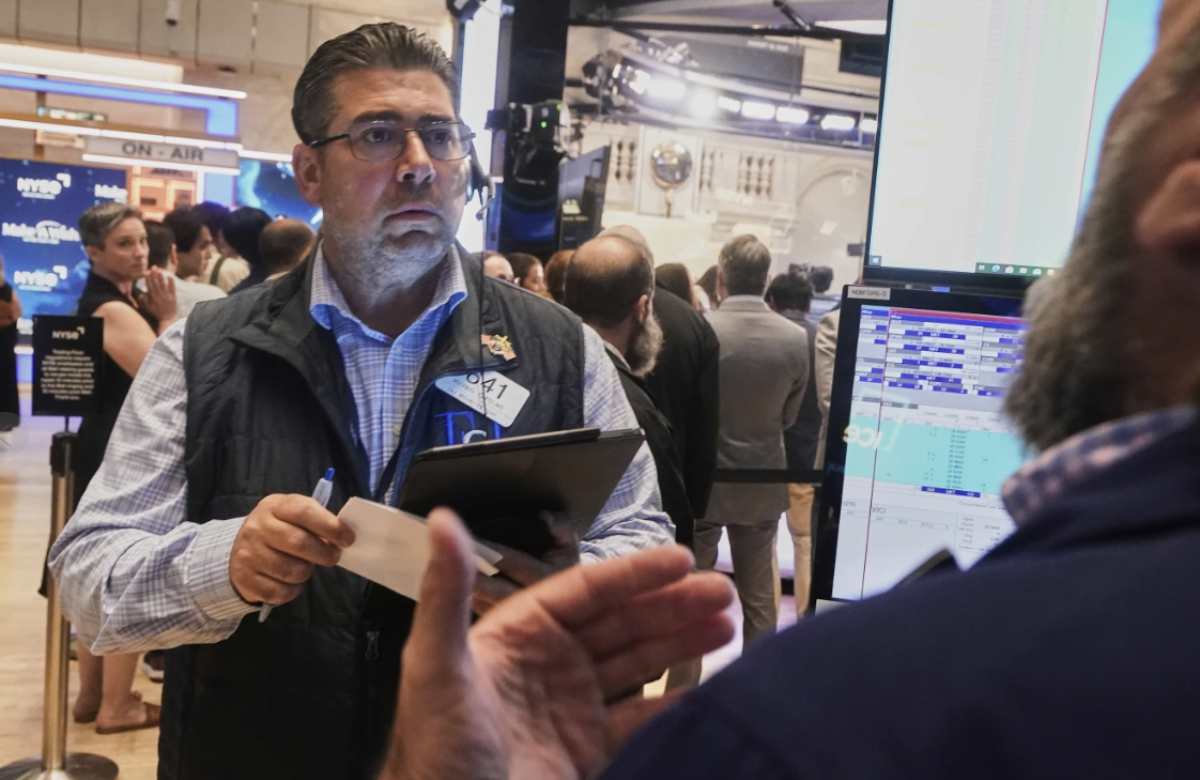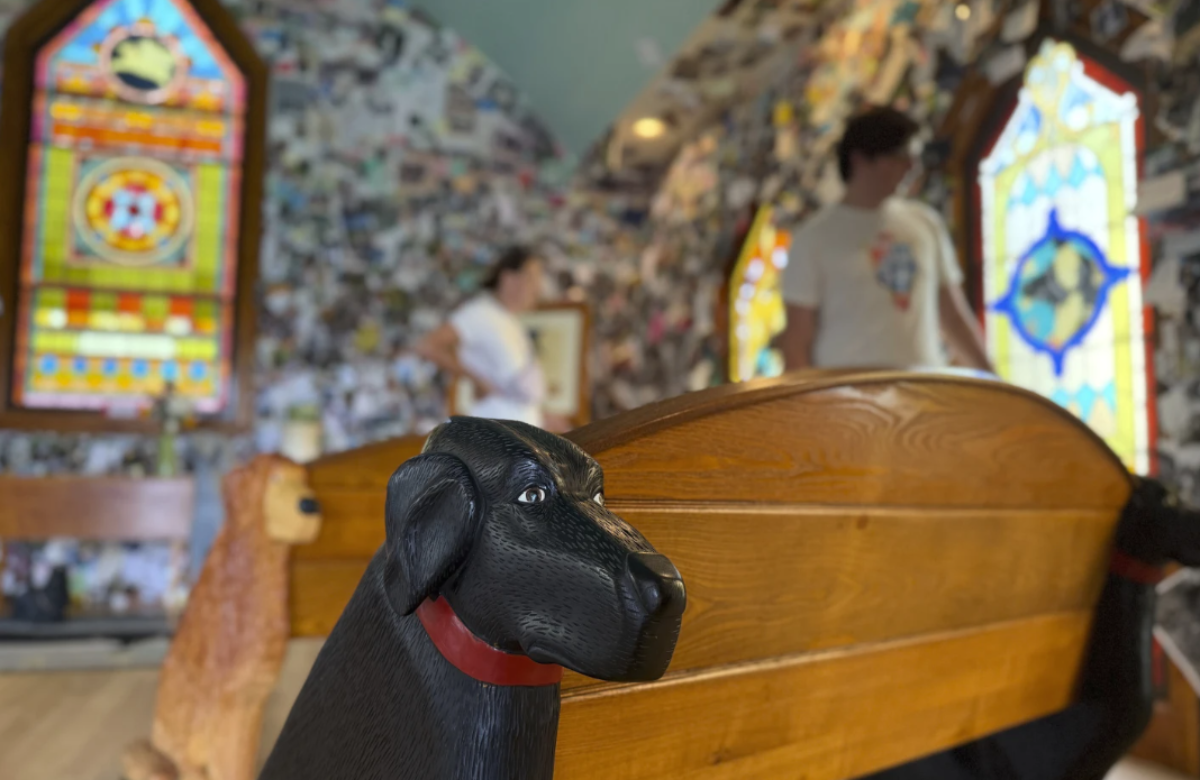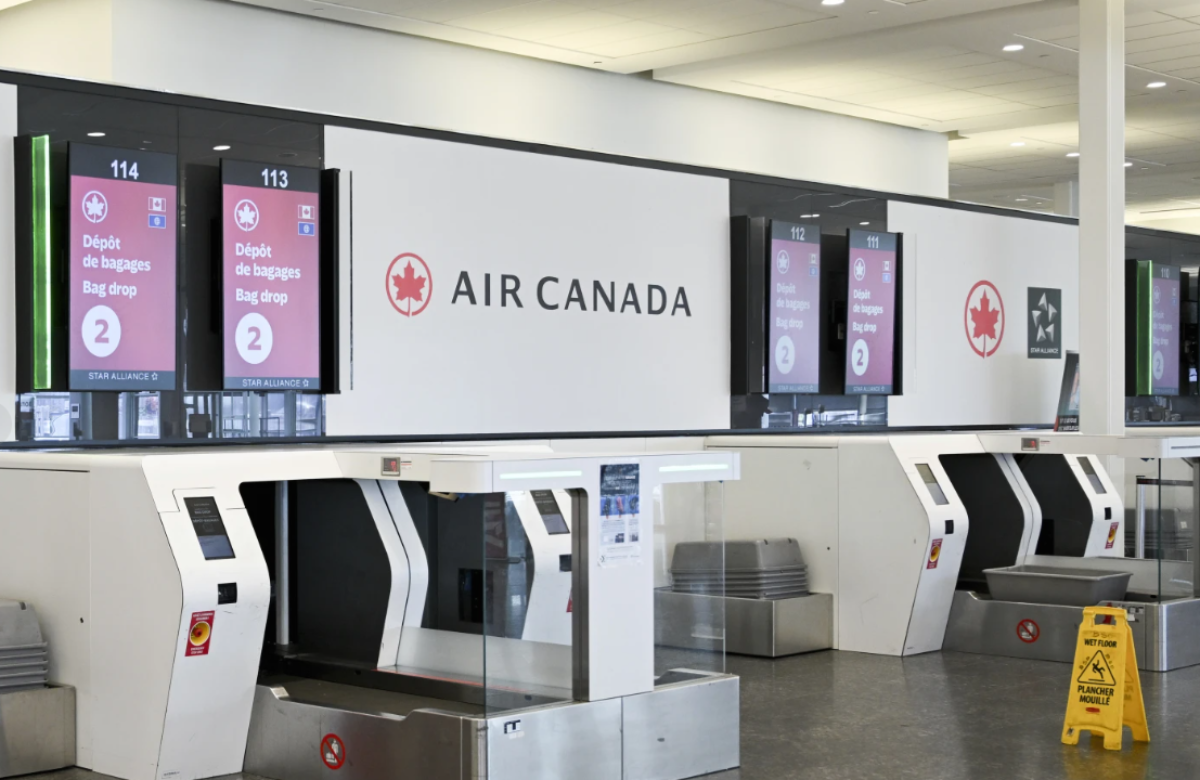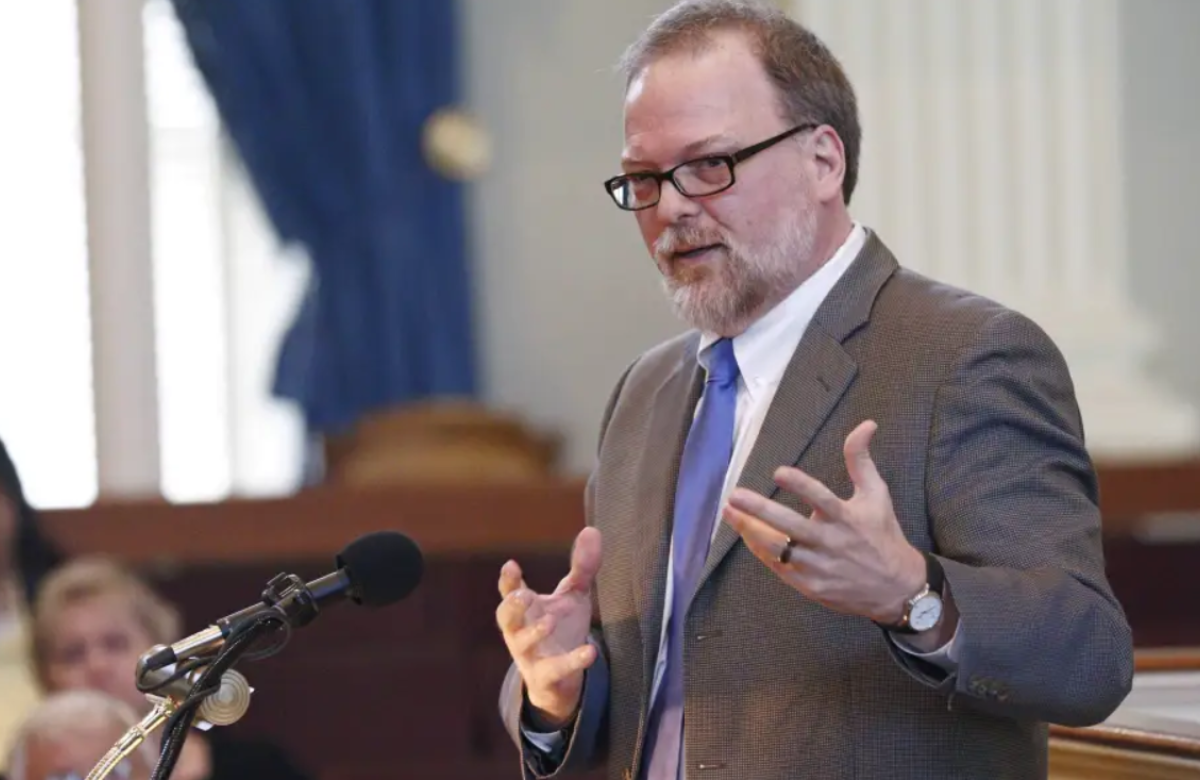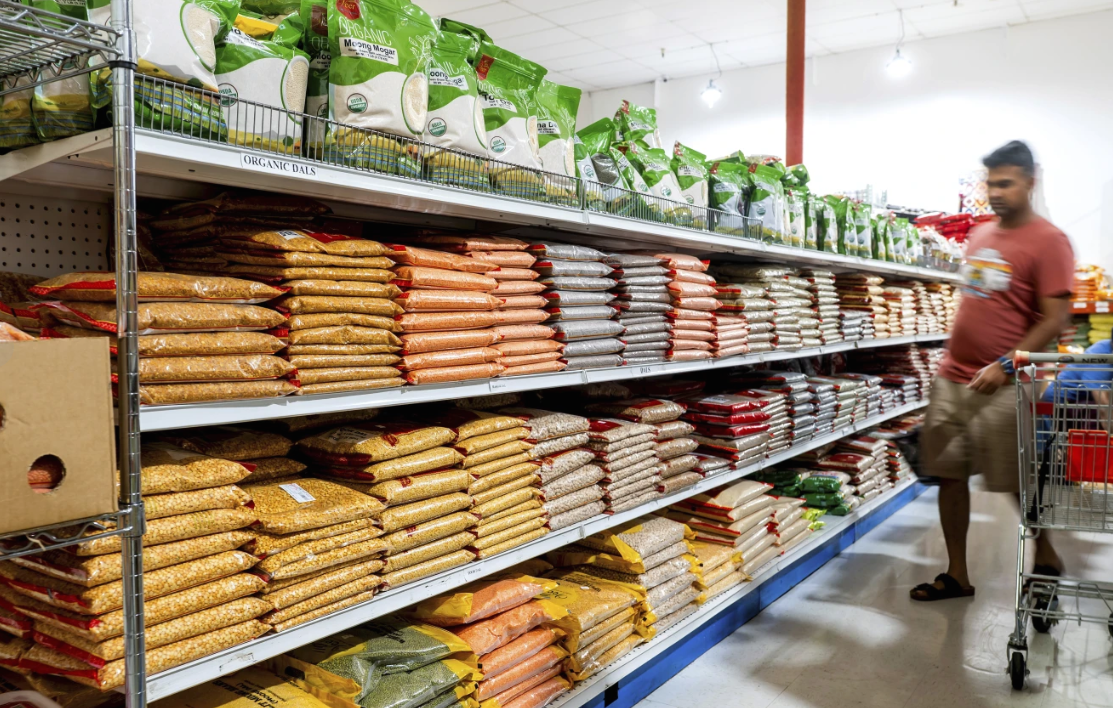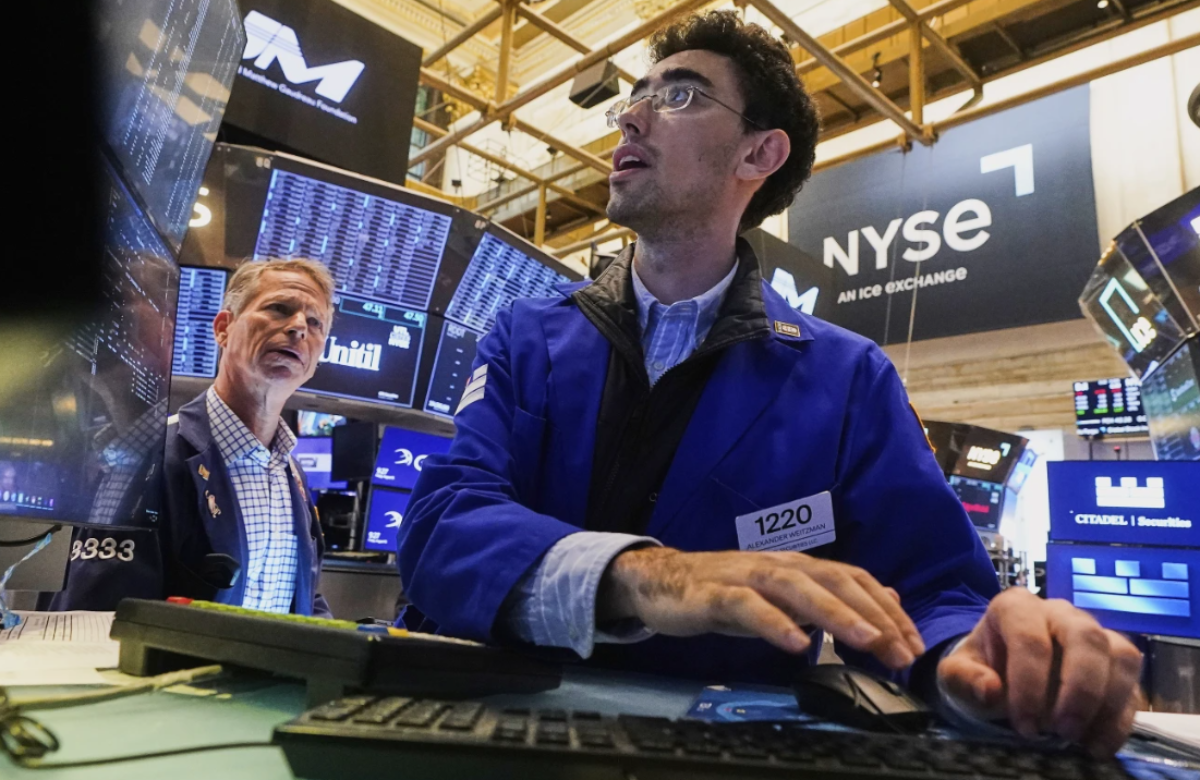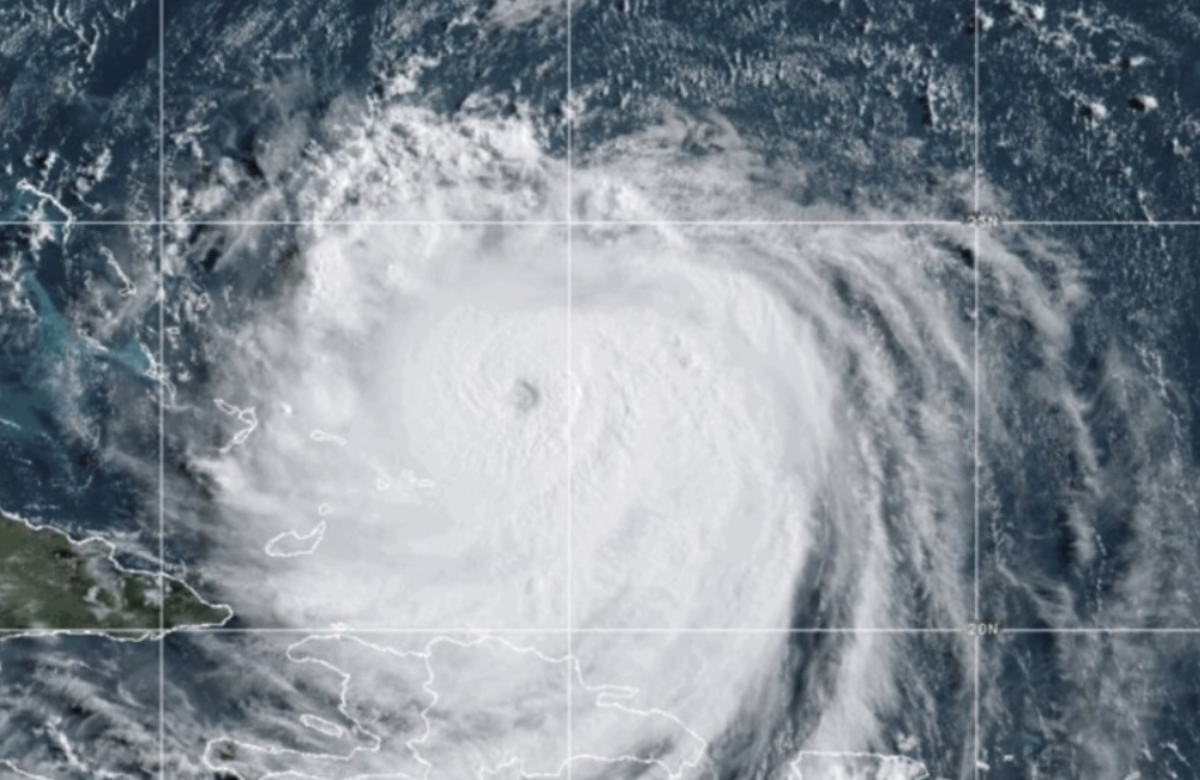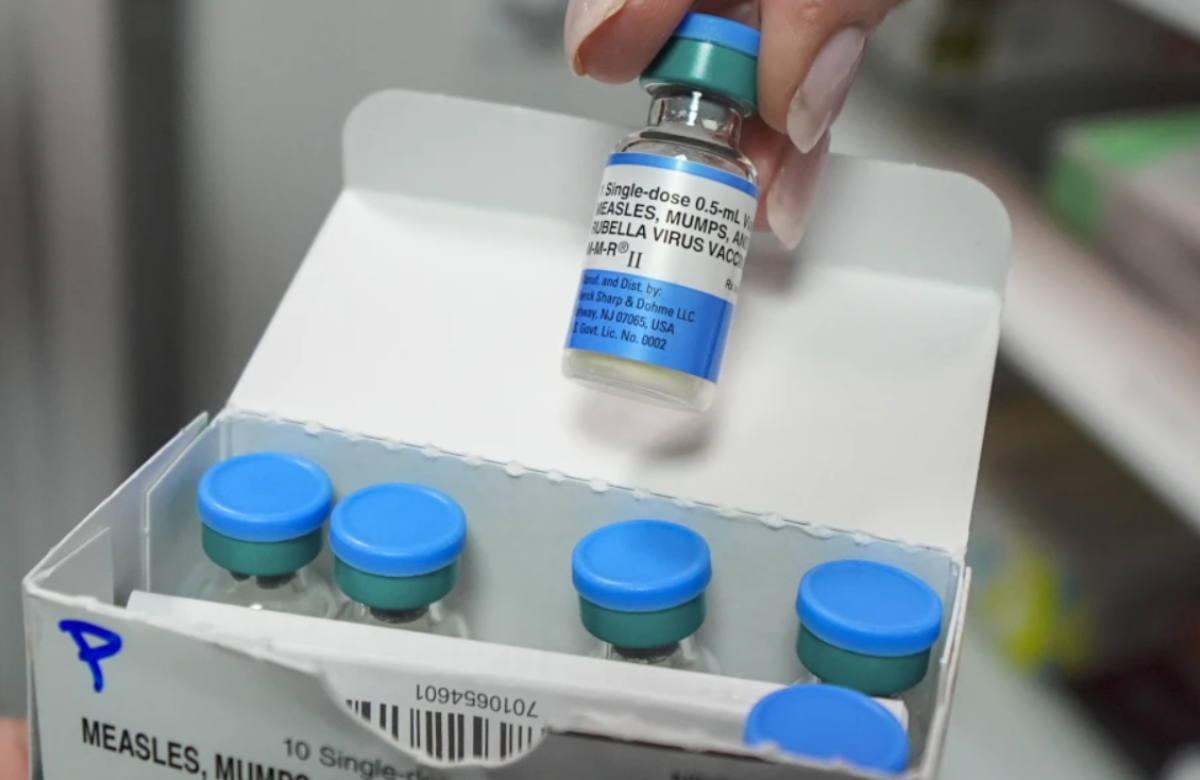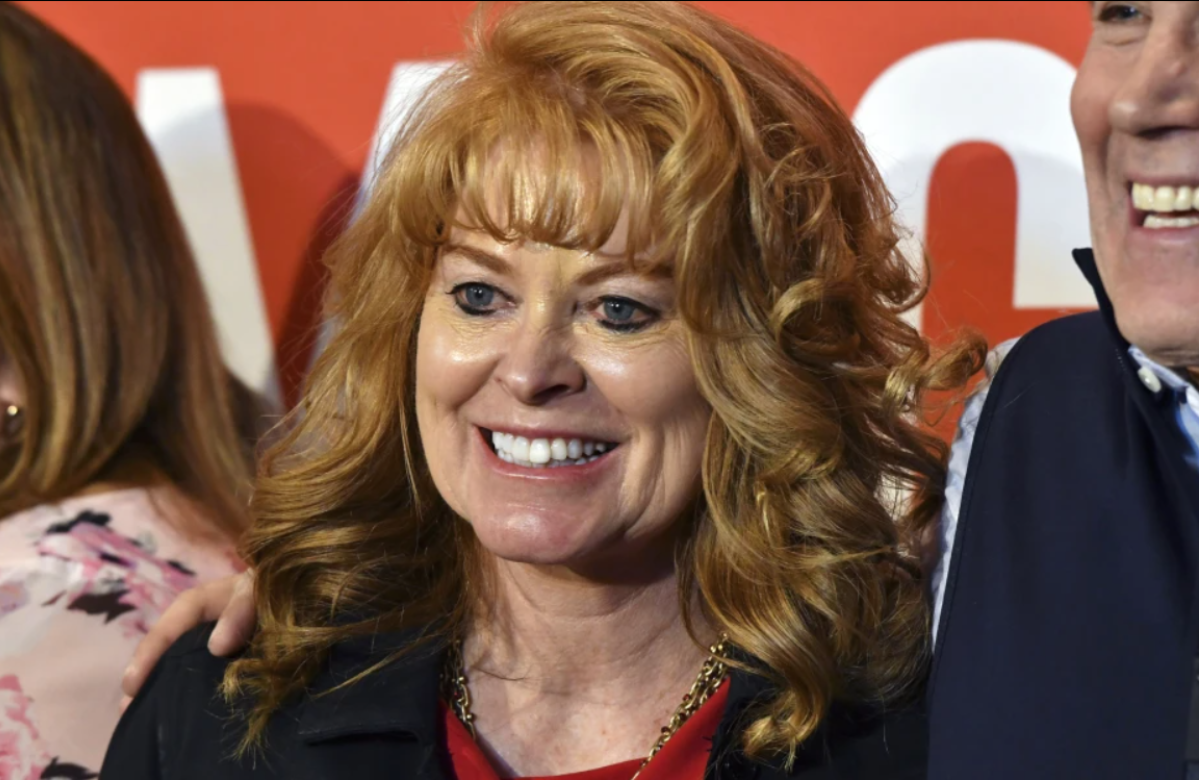Tesla’s much-anticipated robotaxi event on Thursday failed to live up to investor expectations, resulting in a significant 7% drop in the company’s stock price on Friday. At the “We, Robot” event, CEO Elon Musk introduced Tesla’s ambitious vision of autonomous transportation, unveiling the Cybercab — a sleek, two-seater, self-driving car without steering wheels or pedals. This concept vehicle was part of Tesla’s plan to launch a fleet of fully autonomous vehicles, signaling the company’s intention to revolutionize the transportation industry.
Musk’s vision for the Cybercab is that it will drive itself completely autonomously upon its release, likely before 2027. However, the event did not provide critical information on where the cars would be manufactured or how Tesla would overcome the substantial technical challenges involved in deploying them on public roads. Musk also announced that the price for the Cybercab would be under $30,000, a figure that raised eyebrows among analysts given the complexities and costs involved in self-driving technology.
While Musk emphasized the long-term potential of Tesla’s autonomous vehicle project, the event lacked immediate updates that investors were hoping for. For instance, no concrete information was given about Tesla’s low-cost model that is expected to go into production in the first half of 2025. Additionally, the much-hyped Full Self-Driving (FSD) technology, currently available in a “supervised” version, showed no significant advancements during the event. This left many wondering when Tesla will actually bring a fully autonomous, unsupervised version to market, especially after Musk’s promise to introduce the technology in Texas and California in the coming year.

Market analysts were quick to express disappointment with the event. Barclays’ analysts noted that Tesla’s presentation did not provide any new near-term opportunities for the company, instead focusing on Musk’s long-term vision for autonomous vehicles and artificial intelligence (AI). They pointed out that the event was light on details, particularly concerning FSD improvements, and provided no updates on Tesla’s upcoming low-cost model, which many investors had been eager to learn about.
Piper Sandler, another investment firm, also voiced skepticism, noting that the unveiling of the robotaxi would likely disappoint most traders focused on immediate financial returns. The firm speculated that Tesla’s stock price could face further downward pressure in the coming weeks as investor enthusiasm wanes. This sentiment was echoed by Morgan Stanley, which argued that Musk failed to solidify Tesla’s standing as an AI-driven company during the event. The lack of substantive updates regarding Tesla’s FSD technology and the company’s go-to-market strategy for the Cybercab left many investors feeling underwhelmed.
The broader implications of the Cybercab announcement also cast doubt on Tesla’s ability to deliver on its ambitious self-driving goals in a reasonable timeframe. Experts suggest that despite Tesla’s potential to achieve economies of scale in the future, launching a vehicle priced at under $30,000 by 2027 remains a formidable challenge. Paul Miller, a principal analyst at Forrester, raised concerns that without external subsidies or the company accepting financial losses on each unit sold, it may be unrealistic for Tesla to meet its pricing target within this decade.
The technological hurdles surrounding fully autonomous vehicles are considerable, especially when it comes to ensuring safety. Regulatory bodies across the globe continue to scrutinize self-driving technology, and it may take several years for self-driving cars to become a mainstream option on public roads. This slow regulatory process could further delay Tesla’s ambitious plans.
In contrast to Tesla’s bold vision, one company that has already made significant strides in the autonomous vehicle sector is Waymo, a subsidiary of Google. Waymo launched its robotaxi service to the general public in June, positioning it as one of the few companies to successfully deploy self-driving cars on public roads.
While Musk’s plans to integrate autonomous driving into Tesla’s fleet remain a key pillar of the company’s long-term strategy, many investors and analysts are questioning whether the technology is advancing fast enough to justify the lofty expectations. Tesla’s stock performance in the wake of the Cybercab unveiling highlights the uncertainty surrounding the company’s ambitious timeline for self-driving cars and the high stakes involved in developing fully autonomous transportation.
In summary, while Tesla’s vision for the future of self-driving cars is undeniably ambitious, the company’s latest event has left many skeptical about the timeline and practicality of these plans. With the stock price declining and critical details still missing, the road ahead for Tesla’s robotaxi ambitions appears more challenging than ever.

